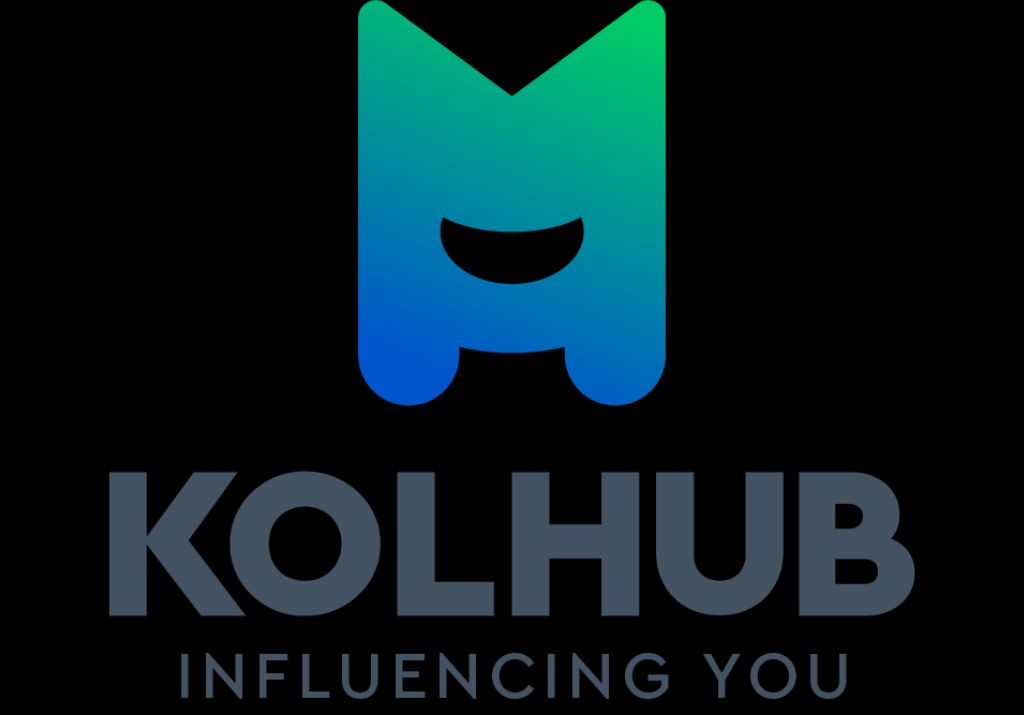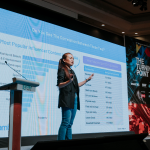Sometimes when we open a short video or see a review of a product or service on social media, two things tend to happen.
The first is that of awareness – that the product or service exists and second, if it sparks our interest, we buy, these days online, which means adding it to our shopping cart.
And where and why did we look at that particular video? Most probably on social media where we tend to follow people, for whatever reason, and where those people ‘followed’ are tagged social influencers – given a large enough online presence.
Marketers were quick to notice this early on after internet use exploded with the rapid addition of social media sites like Facebook, LinkedIn, WeChat and Telegram, to mention just a few.
With acceptance of the fact that influencers can enable a greater engagement across the board, brands can, and often do, make use of the ‘personal’ connection between consumers and influencers to amplify their brand awareness.
Finding the right influencers obviously then becomes key to brands wanting to reach targets that may not necessarily be sitting in the right demographic.
KOLHUB, through a platform using a 100% AI powered solution, believes it becomes vital to connect the right brand with the right influencer which can thus not only increase brand awareness but, more importantly, convert this into sales.
“We need to educate the client about the importance of understanding the analysis of influencers,” Cheng Qian Yee, KOLHUB’s General Manager told MARKETING Magazine in an interview.

Qian Yee pointed out that not just the size of an influencer’s following was important but also its breakdown given by such analyses.
She noted that if a brand wanted to target a female audience but, where the female influencer’s following was 50% male, then it would not be targeting the right audience obviously. The brand therefore ends up paying for an incorrect target.
Dubbed ‘intelligent influencer marketing’, this niche covers a myriad of related issues such as the progression of influencer marketing, changes in social platforms, trends and challenges, the need for businesses to tap into a younger tech-first customer base, and the perspectives of both brands as well as influencers on the marketing landscape.
This importance of social influencer analysis also shows where the bulk of the followers are. A case in point is where an influencer has 125k followers and thus earns in the 100k (followers) and up category. With the reality being only 9k followers in Malaysia, it makes more sense for a brand to opt for 10 different ‘nano’ influencers – something made possible with the AI platform. Nano influencers are those with followings of 10k and under.
The market in Malaysia for influencers is seemingly ambivalent at the moment as there are perceptions that they provide negative influences on younger consumers while brands focus on aspects like ROI or sales,
Qian Yee said that this was a somewhat tricky equation – akin to asking how much one could earn from putting up a billboard. She emphasised though that influencer marketing is a marketing method that while creating exposure and awareness of a brand, is a long-term marketing strategy.
Inasmuch as this may be, KOLHUB has achieved success in many cases. Case in point: A Thai food retail outlet with 7 branches in Malaysia had engaged only 7 influencers. The platform had sought an outreach of 2.1 million users and achieved engagement with 1.2 million using only the seven.
This resulted in: “The clients came back to me telling me that they had long queues in their outlets.”
A good example of social influencer marketing can be seen in this short tiktok video of a similar retail outlet here.
Qian Yee says that influencer marketing is like a cheaper version of getting a celebrity to speak for your brand, as in an actual consumer talking about it. Much like Word-of-Mouth endorsements.
MARKETING Magazine is not responsible for the content of external sites.
Join the MARKETING HOME OF FAME at the Malaysian Marketing Conference Discovery Edition on May 9th.
Learn more at https://marketingmagazine.com.my/cmo2025/
Proudly sponsored by MRT Corp and Media Prima Omnia
For bookings: ruby@adoimagazine.com
BOOK SEATS NOW










